-
 Bitcoin
Bitcoin $100,158.1139
7.45% -
 Ethereum
Ethereum $2,801.3894
13.34% -
 XRP
XRP $2.6778
23.26% -
 Tether USDt
Tether USDt $1.0007
0.02% -
 Solana
Solana $213.1169
10.98% -
 BNB
BNB $598.2811
9.30% -
 USDC
USDC $0.9999
-0.02% -
 Dogecoin
Dogecoin $0.2779
23.13% -
 Cardano
Cardano $0.7822
22.60% -
 TRON
TRON $0.2256
6.85% -
 Chainlink
Chainlink $20.7534
20.08% -
 Avalanche
Avalanche $27.4027
18.15% -
 Stellar
Stellar $0.3586
16.61% -
 Sui
Sui $3.5257
24.62% -
 Hedera
Hedera $0.2617
22.83% -
 Toncoin
Toncoin $4.0104
17.52% -
 Shiba Inu
Shiba Inu $0.0...01616
22.33% -
 UNUS SED LEO
UNUS SED LEO $9.7998
1.69% -
 Hyperliquid
Hyperliquid $24.5736
11.68% -
 Litecoin
Litecoin $103.5543
13.51% -
 Bitget Token
Bitget Token $6.5065
13.42% -
 Polkadot
Polkadot $4.9501
18.25% -
 Bitcoin Cash
Bitcoin Cash $341.0494
16.98% -
 Ethena USDe
Ethena USDe $1.0000
0.11% -
 MANTRA
MANTRA $5.9566
21.38% -
 Uniswap
Uniswap $9.4318
19.98% -
 Dai
Dai $0.9996
-0.07% -
 Pepe
Pepe $0.0...01053
19.96% -
 Ondo
Ondo $1.3759
24.98% -
 NEAR Protocol
NEAR Protocol $3.6185
16.93%
What is the consensus mechanism of SKALE (SKL) currency?
SKALE's Bounded Byzantine Agreement (BBA) consensus mechanism ensures network security, data integrity, and transaction finality while enabling high transaction throughput and scalability for Ethereum applications.
Dec 10, 2024 at 11:43 pm

Understanding the Consensus Mechanism of SKALE (SKL) Currency
Introduction
SKALE (SKL) is a blockchain-based platform designed to enhance the scalability and performance of Ethereum applications. SKALE achieves this by utilizing an innovative consensus mechanism known as the Bounded Byzantine Agreement (BBA). This consensus mechanism ensures network security, data integrity, and transaction finality while enabling high transaction throughput and scalability.
Consensus Mechanism of SKALE (SKL) Currency
The consensus mechanism of SKALE currency operates in a distributed manner, where multiple participants known as validators collaborate to achieve agreement on the validity of transactions and the current state of the blockchain. Validators are responsible for verifying and validating transactions, proposing new blocks, and participating in the consensus process.
Steps Involved in the Consensus Mechanism
- Transaction Validation: Transactions submitted to the SKALE network are first validated by validators to ensure that they are valid and conform to the protocol rules. Validators check the authenticity of transactions, verify signatures, and ensure that transactions do not violate any blockchain constraints.
- Block Proposal: Once transactions are validated, validators compete to propose the next block to the blockchain. They gather validated transactions and create a new block containing these transactions. A validator is randomly selected to propose the next block based on a weighted lottery system that considers factors such as their reputation and contribution to the network.
- Block Verification: The proposed block is broadcast to all validators in the network for verification. Validators examine the block to ensure that it contains valid transactions, has a correct structure, and follows the consensus rules. If a validator detects any irregularities or inconsistencies, they can reject the block.
- Consensus Voting: After block verification, validators engage in a consensus voting process known as Bounded Byzantine Agreement (BBA). BBA is a fault-tolerant consensus algorithm that requires a predefined majority of validators (e.g., 66.67%) to agree on the validity of the block.
- Block Finalization: If the majority of validators vote in favor of the proposed block, it is considered valid and added to the blockchain. Transactions within the block are considered finalized and immutable, providing security and data integrity.
- Validator Selection: Validators are periodically selected and replaced based on their performance, reputation, and contribution to the network. The selection process helps maintain a high level of security and prevents malicious actors from gaining control of the consensus mechanism.
Advantages of SKALE's Consensus Mechanism
- Scalability: BBA enables high transaction throughput and scalability by leveraging a sharding architecture and parallel execution of transactions across multiple shards.
- Security: The distributed nature of the consensus mechanism and the requirement for a predefined majority to agree on each block provide robust security against malicious attacks and data tampering.
- Fault Tolerance: BBA is a fault-tolerant consensus algorithm that can tolerate a limited number of malicious or faulty validators without compromising the integrity of the blockchain.
- Energy Efficiency: Compared to proof-of-work consensus mechanisms, BBA consumes significantly less energy, making the SKALE network more environmentally friendly.
Disclaimer:info@kdj.com
The information provided is not trading advice. kdj.com does not assume any responsibility for any investments made based on the information provided in this article. Cryptocurrencies are highly volatile and it is highly recommended that you invest with caution after thorough research!
If you believe that the content used on this website infringes your copyright, please contact us immediately (info@kdj.com) and we will delete it promptly.
- Crypto Markets Rebound After Trump Halts Tariffs on Canada and Mexico
- 2025-02-04 12:50:59
- Bitcoin Whales Prepare Amid Volatility
- 2025-02-04 12:50:59
- The Meme Coin Market Heats Up Again: Which One Will Lead the Pack in 2025?
- 2025-02-04 12:50:59
- The Quantum Leap: How Dogecoin is Shaping the Future of Cryptocurrency
- 2025-02-04 12:50:59
- The U.S. government is taking a new approach to financial management with the creation of a Sovereign Wealth Fund.
- 2025-02-04 12:50:59
- Cardano ($ADA) Founder Charles Hoskinson Backed the Allegations Against Circle of Misusing Market Dominance to Harm the Competitors and They Explored Ripple Stablecoin ($RLUSD) as a Better Option
- 2025-02-04 12:50:59
Related knowledge
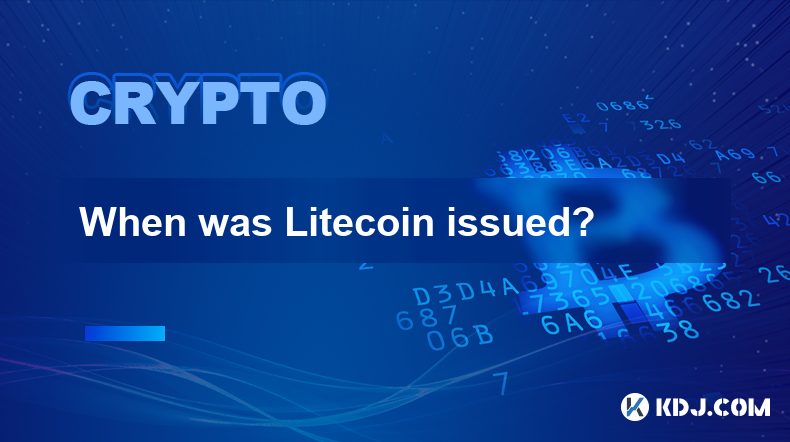
When was Litecoin issued?
Feb 04,2025 at 02:36am
When was Litecoin Issued?Key Points:Litecoin's inception and developmentLitecoin's launch date and market dynamicsLitecoin's technical specifications and key featuresLitecoin's Inception and DevelopmentLitecoin, conceived by former Google engineer Charlie Lee, emerged as a fork of Bitcoin in October 2011. Inspired by Bitcoin's revolutionary blockchain t...
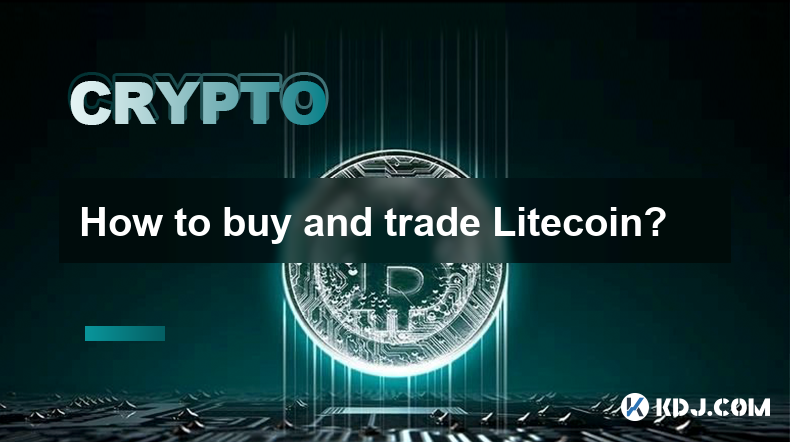
How to buy and trade Litecoin?
Feb 04,2025 at 12:24pm
Key Points:Understand the Basics of LitecoinSelect a Suitable Cryptocurrency ExchangeCreate an Account on the ExchangeFund Your AccountPlace a Buy Order for LitecoinSecurely Store Your LitecoinUnderstand Litecoin TradingHow to Buy Litecoin?1. Understand the Basics of LitecoinLitecoin (LTC) is a decentralized digital currency similar to Bitcoin.Created i...
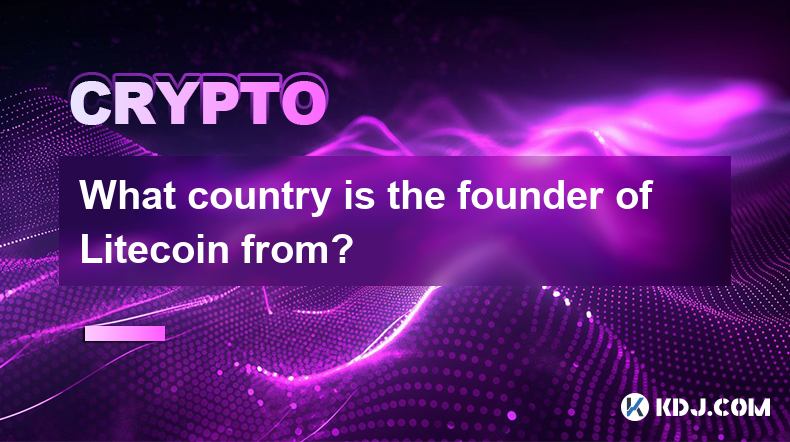
What country is the founder of Litecoin from?
Feb 04,2025 at 05:55am
Key Points:Litecoin's Founder and the Relationship with Charles LeeLitecoin's Technical Features and Similarities to BitcoinLitecoin's Role in the Cryptocurrency Ecosystem and Its PopularityComparative Analysis of Litecoin with Major CryptocurrenciesLitecoin's Community Involvement and PartnershipsArticle Content:Litecoin's Founder and the Relationship ...
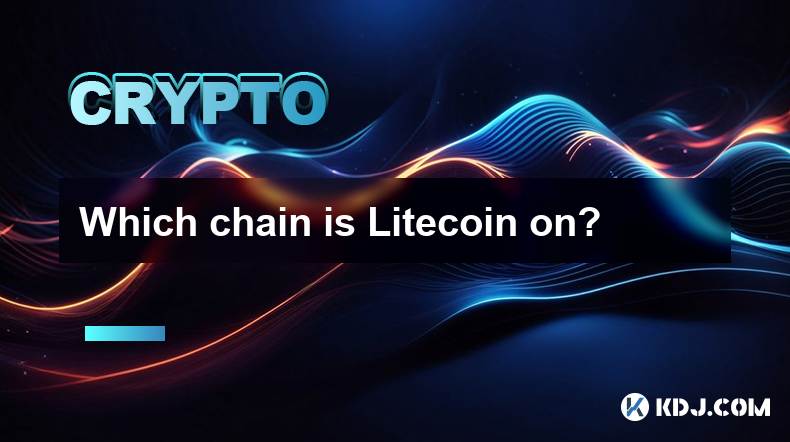
Which chain is Litecoin on?
Feb 04,2025 at 04:42am
Which Chain is Litecoin on?Key Points:Litecoin is built on its own blockchain, distinct from other cryptocurrencies.The Litecoin blockchain is a modified version of the Bitcoin blockchain.Litecoin's blockchain has faster block confirmation times than Bitcoin.Litecoin's blockchain has a larger maximum supply than Bitcoin.Detailed Guide:1. Litecoin's Uniq...
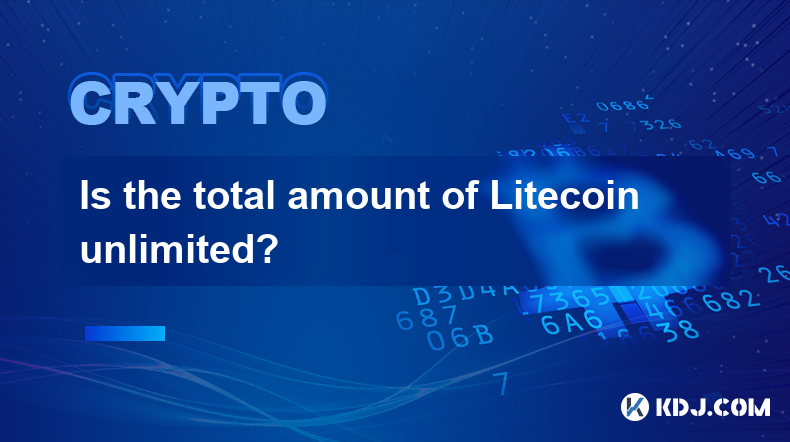
Is the total amount of Litecoin unlimited?
Feb 04,2025 at 05:36am
Key Points:Litecoin's total supply is capped at 84 million LTC.Litecoin's block reward halving occurs every 840,000 blocks, reducing the number of new LTC released into circulation over time.The supply issuance schedule ensures a predictable and finite supply of Litecoin.Is the Total Amount of Litecoin Unlimited?No, Litecoin's total supply is limited to...
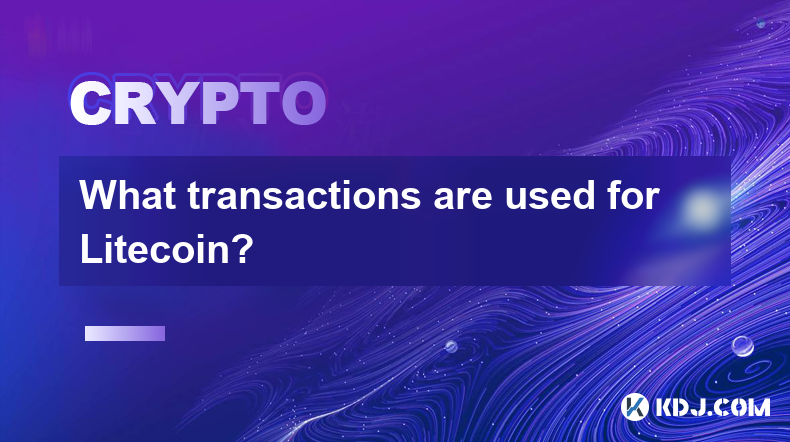
What transactions are used for Litecoin?
Feb 04,2025 at 06:30am
Key Points:Litecoin is used for various transactions, including:Everyday PurchasesInternational RemittancesDecentralized Finance (DeFi)Online GamblingPeer-to-Peer PaymentsSteps Involved in Litecoin Transactions:Creating a Litecoin Wallet: A wallet is necessary to store, send, and receive Litecoin. There are various types of wallets, including software w...

When was Litecoin issued?
Feb 04,2025 at 02:36am
When was Litecoin Issued?Key Points:Litecoin's inception and developmentLitecoin's launch date and market dynamicsLitecoin's technical specifications and key featuresLitecoin's Inception and DevelopmentLitecoin, conceived by former Google engineer Charlie Lee, emerged as a fork of Bitcoin in October 2011. Inspired by Bitcoin's revolutionary blockchain t...

How to buy and trade Litecoin?
Feb 04,2025 at 12:24pm
Key Points:Understand the Basics of LitecoinSelect a Suitable Cryptocurrency ExchangeCreate an Account on the ExchangeFund Your AccountPlace a Buy Order for LitecoinSecurely Store Your LitecoinUnderstand Litecoin TradingHow to Buy Litecoin?1. Understand the Basics of LitecoinLitecoin (LTC) is a decentralized digital currency similar to Bitcoin.Created i...

What country is the founder of Litecoin from?
Feb 04,2025 at 05:55am
Key Points:Litecoin's Founder and the Relationship with Charles LeeLitecoin's Technical Features and Similarities to BitcoinLitecoin's Role in the Cryptocurrency Ecosystem and Its PopularityComparative Analysis of Litecoin with Major CryptocurrenciesLitecoin's Community Involvement and PartnershipsArticle Content:Litecoin's Founder and the Relationship ...

Which chain is Litecoin on?
Feb 04,2025 at 04:42am
Which Chain is Litecoin on?Key Points:Litecoin is built on its own blockchain, distinct from other cryptocurrencies.The Litecoin blockchain is a modified version of the Bitcoin blockchain.Litecoin's blockchain has faster block confirmation times than Bitcoin.Litecoin's blockchain has a larger maximum supply than Bitcoin.Detailed Guide:1. Litecoin's Uniq...

Is the total amount of Litecoin unlimited?
Feb 04,2025 at 05:36am
Key Points:Litecoin's total supply is capped at 84 million LTC.Litecoin's block reward halving occurs every 840,000 blocks, reducing the number of new LTC released into circulation over time.The supply issuance schedule ensures a predictable and finite supply of Litecoin.Is the Total Amount of Litecoin Unlimited?No, Litecoin's total supply is limited to...

What transactions are used for Litecoin?
Feb 04,2025 at 06:30am
Key Points:Litecoin is used for various transactions, including:Everyday PurchasesInternational RemittancesDecentralized Finance (DeFi)Online GamblingPeer-to-Peer PaymentsSteps Involved in Litecoin Transactions:Creating a Litecoin Wallet: A wallet is necessary to store, send, and receive Litecoin. There are various types of wallets, including software w...
See all articles

























































































